#112 Touring with a wheelchair in Tokyo
Tips for efficient wheelchair use in complex and intense congestion
When I guided a guest from the UK the other day, it was the first time since I started working as a guide that I had to deal with a wheelchair user. While flow line and time management are essential elements when guiding, guiding a wheelchair user for the first time taught me not only about flow line and time management but also about various perspectives that I am usually completely unaware of. From a barrier-free perspective, I could see the problems facing the infrastructure of the metropolis of Tokyo.
This week, I would like to summarize what wheelchair users need to know and what problems they face when using public transportation in Tokyo and consider whether there are any viewpoints that we, as able-bodied people, should learn from.
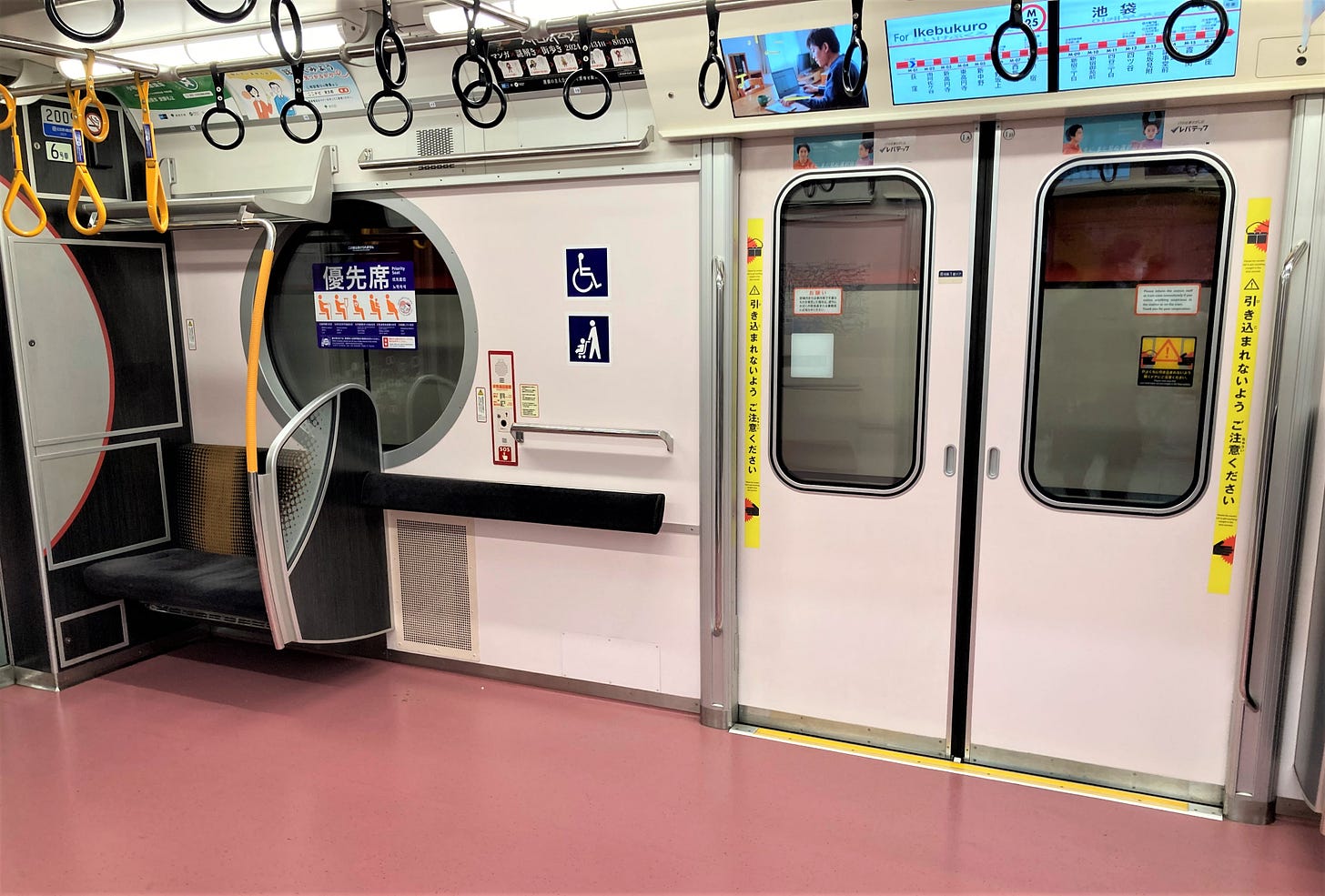
Current situation of wheelchair accessibility in Tokyo
Subway: The Tokyo subway system is complex even for a non-disabled person, but checking the barrier-free flow lines takes some effort. It is easier to gather information efficiently if you have some knowledge of the Tokyo subway system and maps. Tokyo Metro’s website does not have an English map version, but it lists barrier-free facilities. Please search for the station, and you can see the “barrier-free facility” tab.
Train (JR): The JR network in Tokyo is accessible to understand when you focus on the Yamanote Line, which is easy to understand. Please go to my previous post about the Yamanote Line. However, when you come from overseas, you often use large terminal stations such as Shinjuku and Tokyo, and there are many stairs on the same platform, so the JR map is confusing because of the large amount of information. As far as large terminal stations are concerned, there is always an elevator at every critical point.
Limousine buses: Currently, the most popular type of limousine bus is the "elevator-equipped bus," which can be used by electric wheelchair passengers. However, such vehicles are only available on some routes in Tokyo. You can reach some hotels by bus directly from the airport, but only routes connecting train stations and airports are available. Routes originate from Haneda and Narita airports and are limited to the bus terminals in Shinjuku and the Yaesu North Exit of Tokyo Station.
Cabs: The 2021 Tokyo Olympics triggered an explosion of Toyota-made cabs called JPN cabs, which are said to have been modeled after London cabs. These cabs are high enough to accommodate a wheelchair and another person accompanying the wheelchair. If the wheelchair is foldable, up to two passengers can be accommodated. If it is not too difficult to get in and out of the wheelchair, it can be a good option when the wheelchair user is tired.
Cautions when using trains
Flow lines: Check the elevator's flow line at the station. You can reach the exit without checking the flow line, but the time loss is too significant. In the case of subways, it is better to consider a two-step flow line from the ground to the floor where the ticket gate is located and from there to the platform.
The time of boarding: Please avoid the rush hours. Not only will you not be able to board the train, but you will also be swallowed up by the massive flow of people. The rush to get home has accelerated due to the pandemic, and traveling between 11:00 a.m. and 4:00 p.m. is safer.
Designated area: It is advisable to check where the wheelchair carriages are located on the subway and JR lines, as they differ. On the Tokyo Metro, wheelchair spaces are located at the beginning and end of the Ginza Line, and each carriage on the Marunouchi Line, in each car; on the JR Yamanote Line, "free spaces" are provided at the end of each vehicle to accommodate wheelchairs.
However, a user-friendly station means there are no steps for boarding, and both the train cars and station platforms need to be renovated simultaneously; in this sense, there is still much work. Efforts are underway to minimize the difference in level between the platform, which is even narrow with a comb-like component, and the entrance to the train. In addition, platform doors are installed rapidly to prevent passengers from falling from the platform onto the tracks.
Colliding with buggy cars: This time, I felt that people who travel with buggy cars collide with wheelchair travelers in terms of time and route. We collided with mothers in a day's travel, often on station platforms and in train cars.
Gates: Lanes, usually close to station staff, are more comprehensive to allow wheelchair users to pass through. The regular turnstiles are not wheelchair accessible.
Traveling time: Time required to get to the station and off the train: In some cases, the wheelchair may not be able to board the train. In this sense, the time required should be twice as long as usual. Also, since subways and JR trains in Tokyo run at short intervals, even if the train is crowded, you can make it on the next train.
Note for taking a cab.
There are two types of JP cabs: the pink stickers are the newer ones with a separate slope load capacity of 300 kg and the green ones with a capacity of 200 kg. The ramp standard changed in April 2000. Electric wheelchairs may exceed 100 kg, and two adults with a wheelchair may exceed 200 kg.
There is a problem with cabs in Tokyo. It is difficult to tell whether a car is vacant or occupied because the indicator is shown in the kanji characters. This color is said to change depending on the area, and in Tokyo, a "red" sign indicates a free car. When picking up a cab, if you see a car with a red sign in the upper left corner of the dashboard, raise your hand and ask the cab to stop.
Finally, there is an important point when using a cab. Always get a receipt when you get out of the taxi. If you leave valuables in the cab, you can trace them by the car number on the receipt. The other day, I took my client to the hotel at the end of the day, but he left his phone inside the cab. We could have recovered the phone in less than one hour. The more time passes, the less chance of recovering a forgotten cab.
New Findings
When planning a tour, you always want to consider the time of day, congestion, and time of use. First, a good understanding of Tokyo's transportation network is a prerequisite.
The area around the Yamanote Line in central Tokyo has many hills. Please check the area's topography around your destination and confirm whether stations and other facilities on your travel route are barrier-free.
You should be ready to move back and forth within the station to use the elevator, which will simply more than double the distance you need to travel.
It would help if you always had a cab as a backup plan. You can call a cab via an app, but not all are JP cabs. Also, please get a receipt when you drop off.
Finally
When I traveled around Tokyo with a wheelchair user this time, I noticed something that I would never have seen. It is a matter of course, but it takes time to get on and off the train, and it is essential to gain an understanding of the passengers around you. During rush hour, people are in a hurry to get on and off the train, but such movements during boarding and disembarking are nothing short of terrifying. The wave of people in Tokyo is such a threat. The atmosphere will naturally become one in which people around us are encouraged to get on and off first, without us having to pay attention to them.
Tokyo's mega-city will require more barrier-free facilities in the future. I pray that infrastructure development will not be the only thing that progresses and that the people's kind feelings will not be left behind.






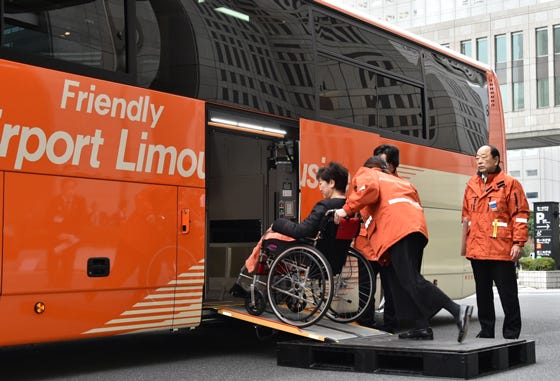

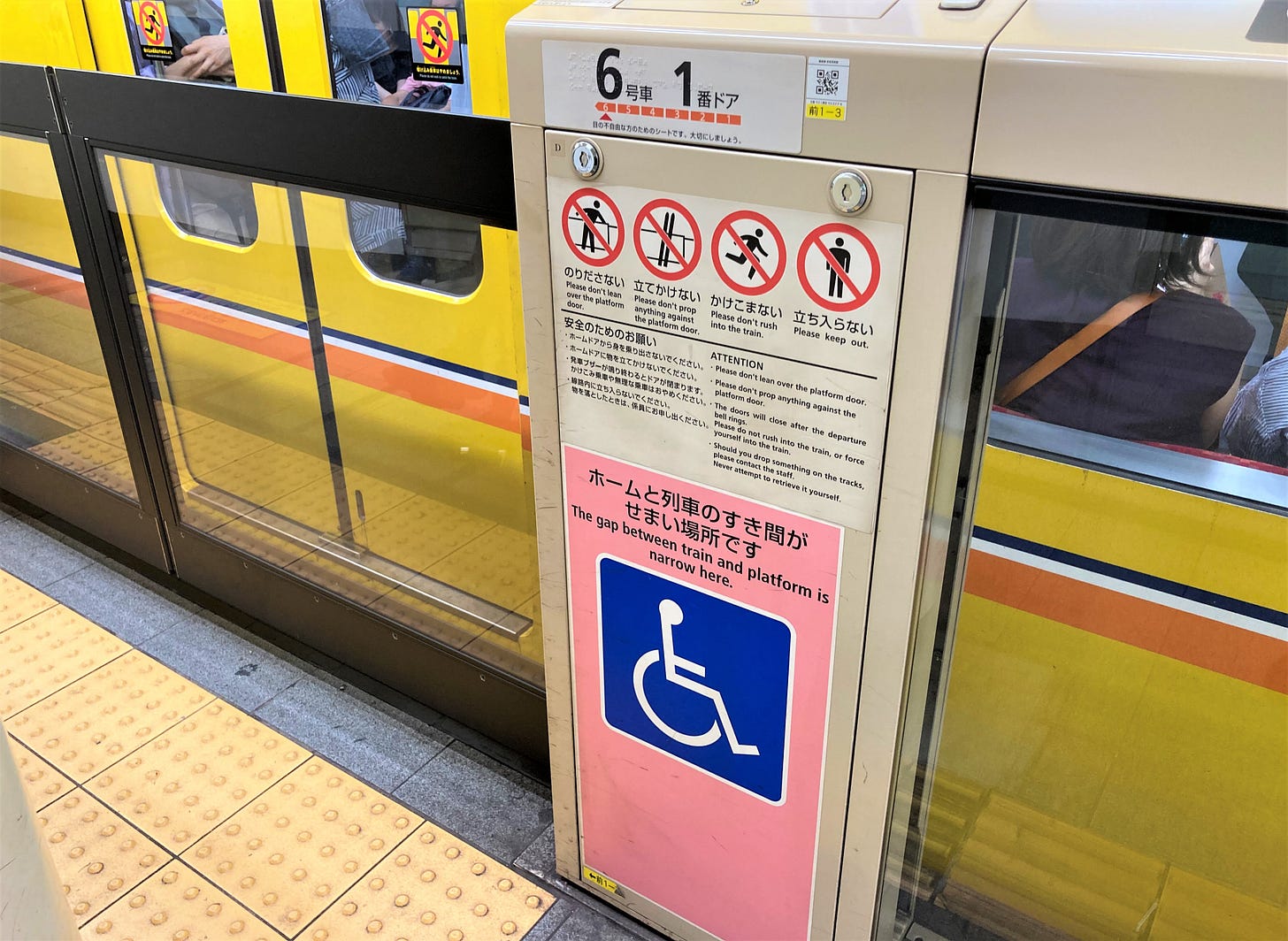
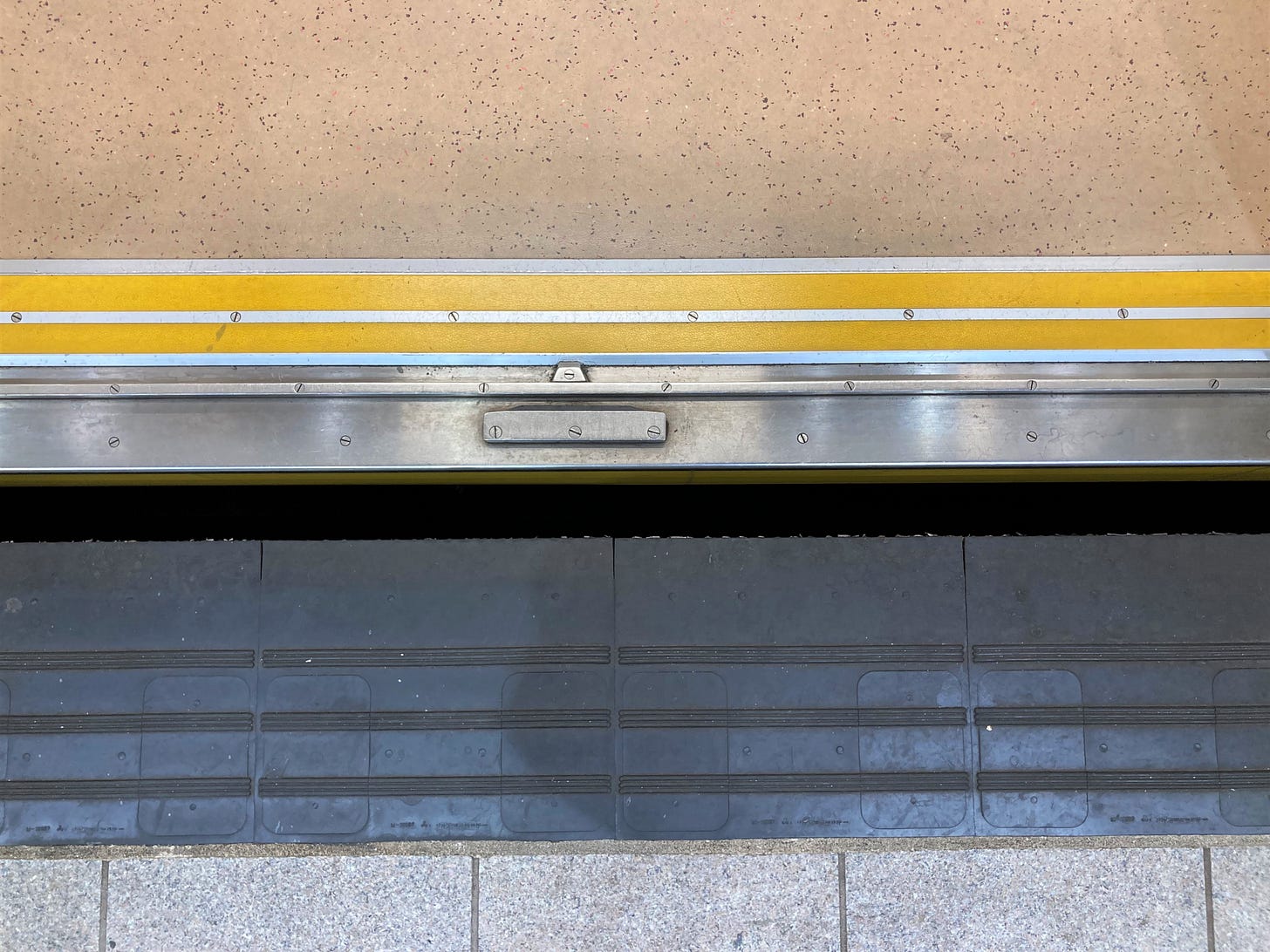
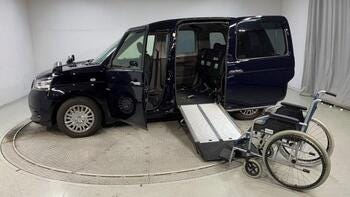
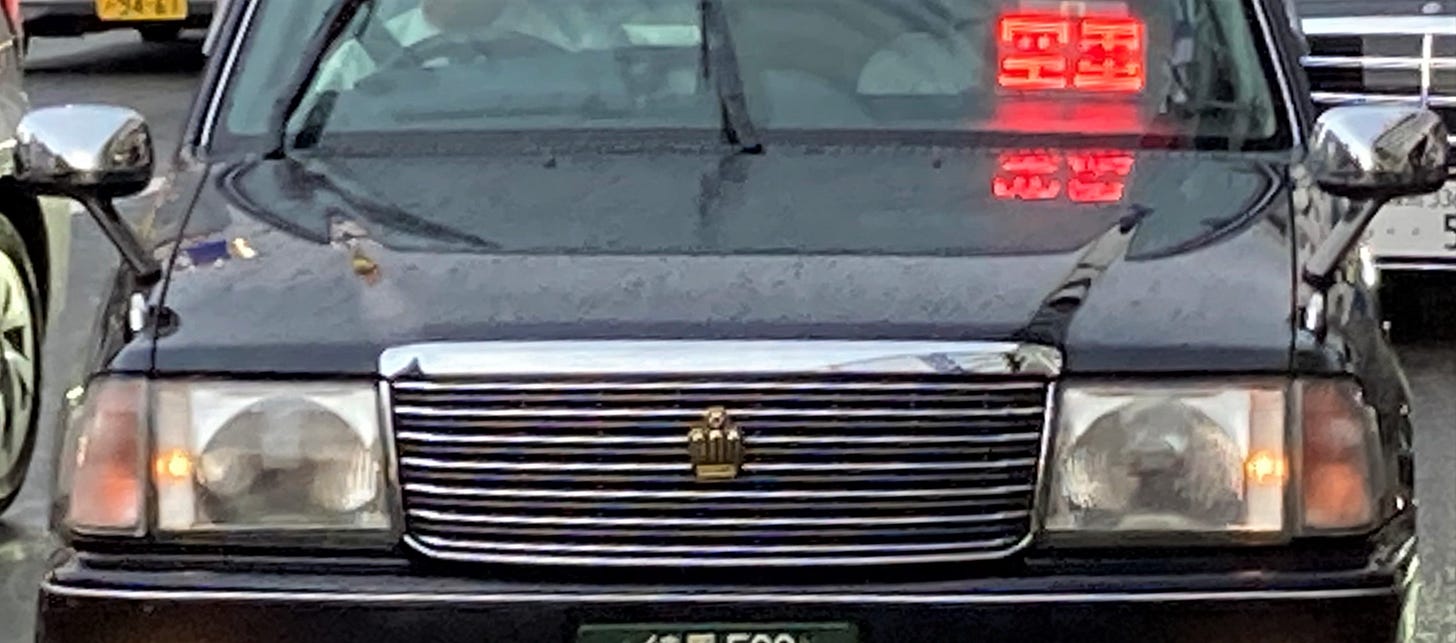
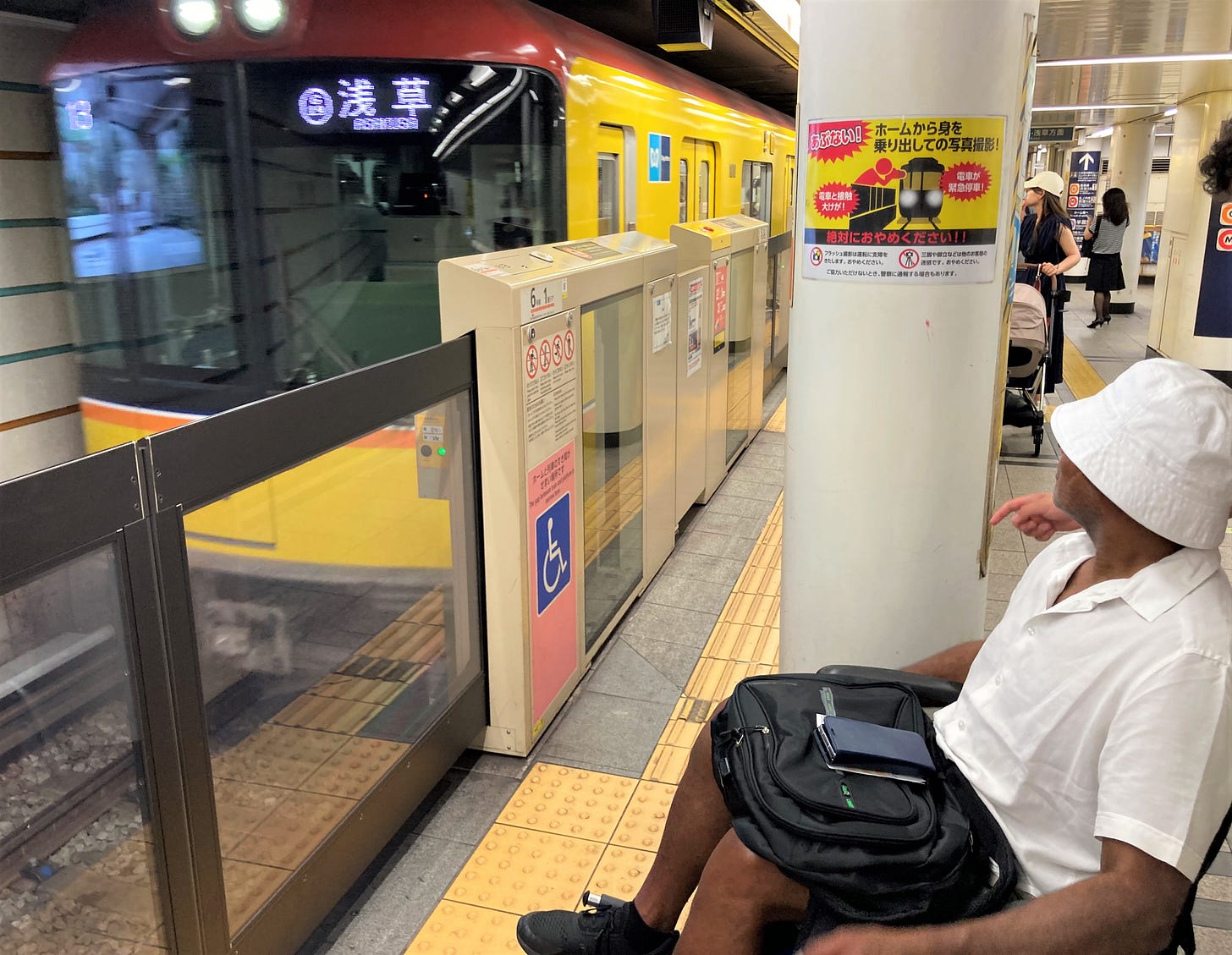
This was really sobering— it sounds so hard to get around in a wheelchair. I often see train employees setting up a ramp to help people in wheelchairs get on a train and it looks so efficient but clearly that is a tiny piece of the story.